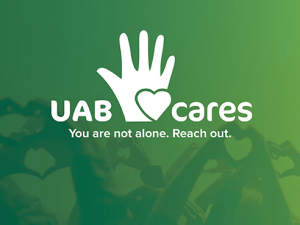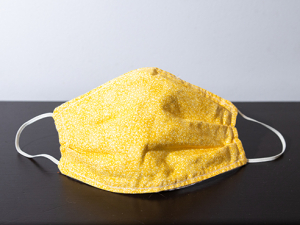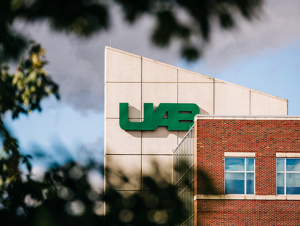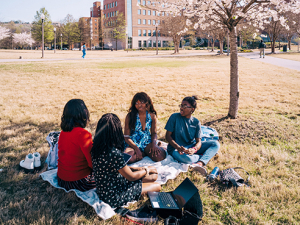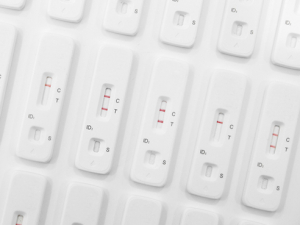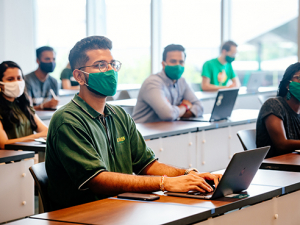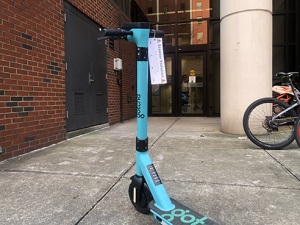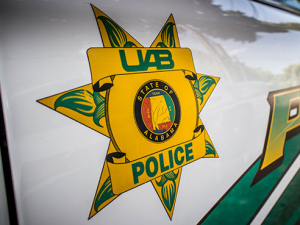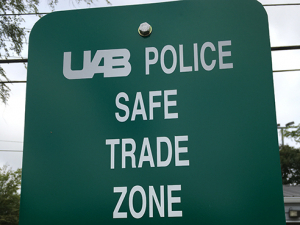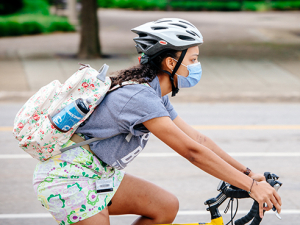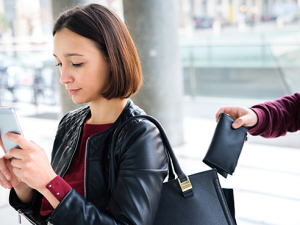 “It’s important to understand the opinions, perceptions and changing needs of those we protect in order to create the safest atmosphere for our UAB community to thrive,” said Anthony Purcell, UAB associate vice president and chief of police.In 2018, UAB Police and Public Safety conducted a campuswide survey to gauge satisfaction with safety on campus, police patrols and crime-prevention resources and identify areas for growth.
“It’s important to understand the opinions, perceptions and changing needs of those we protect in order to create the safest atmosphere for our UAB community to thrive,” said Anthony Purcell, UAB associate vice president and chief of police.In 2018, UAB Police and Public Safety conducted a campuswide survey to gauge satisfaction with safety on campus, police patrols and crime-prevention resources and identify areas for growth.
“It’s important to understand the opinions, perceptions and changing needs of those we protect in order to create the safest atmosphere for our UAB community to thrive,” Anthony Purcell, UAB associate vice president and chief of police, said during a presentation to the February Campus Watch group, one of several held throughout the year to provide the UAB community with safety updates and a place to voice concerns and gain information on UAB’s safety goals.
“Through this survey, we were able to pinpoint areas of strength and opportunities for improvement that we can build on for the future.”
Safety by the numbers
|
Eighty-four percent of the participants felt UAB Police and Public Safety is successfully protecting the UAB campus, including hospital entities — not a surprising fact, considering the myriad safety resources available on campus: The university has 3,847 security cameras, 550 emergency panic buttons and 520 doors across campus that require a ONE Card to access, plus 110 sworn officers on the UAB Police force to protect its 100-plus city blocks, a combined employee/student population of more than 44,000 and annual UAB Hospital visitors numbering more than a million. UAB Emergency Management also tests regularly the campus emergency notification system, B-Alert, and hosts full-scale and unit-level drills and partnerships with surrounding neighborhoods and external law enforcement agencies.
In fall 2018, Police and Public Safety began implementing building lockdown procedures; under the new guidelines, most buildings are open to the public 7:30 a.m.-5:30 p.m. Monday-Friday and accessible with a ONE Card after-hours and on weekends. Some buildings are only accessible via ONE Card 24/7. A list of secured buildings is online.
UAB by the numbers
|
Respondents also said they want to see greater police visibility on campus, including increased foot patrols in buildings and more vehicle patrols during day and night hours.
A safer campus
Despite its vast and complicated footprint, UAB remains among the lowest in incidents of sex-related offences, robbery, aggravated assault and burglary in comparison to urban and non-urban universities in Alabama with more than 16,000 students. UAB compares favorably to many smaller four-year institutions in Alabama, as well as regional out-of-state peers like Emory University, Florida State University, Middle Tennessee State University, University of Georgia, University of Mississippi, University of Southern Mississippi and Vanderbilt University.
What can you do to make sure you and the campus are safer?

Secure your belongings.
“We encourage people to always lock doors when they leave their residence hall, car or classroom, do not leave valuables visible in vehicles, and do not leave belongings unattended,” Purcell said. Read the UAB Reporter and uab.edu/safety for more tips on making campus crime difficult for thieves.
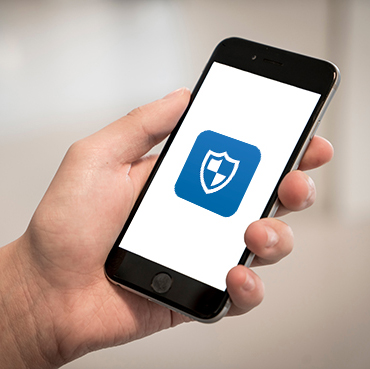
Take advantage of UAB’s resources.

Packing a punch.
The 12-hour course, taught in three four-hour sessions offered during the evening, teaches women to fight back effectively. See a class in action in this video.
The next RAD session offerings are March 11-13 and 25-27, June 10-12 and 24-26 and Sept. 9-11 and 23-25 at UAB Police Headquarters. To learn more or register, email or call Tonya Webb, twebb@uab.edu or 205-934-2409, or Deputy Chief Zandral Washington, zandralw@uab.edu or 205-996-2247.

Staying vigilant.
“We have various means to proactively identify any potential threats to our campus,” Purcell said, “but one of the best tools to help mitigate crime is our BTAM team.”
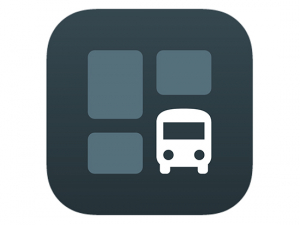
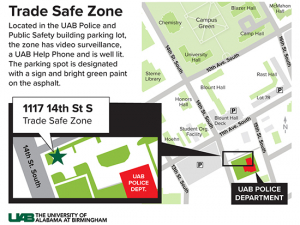
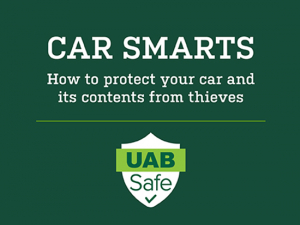



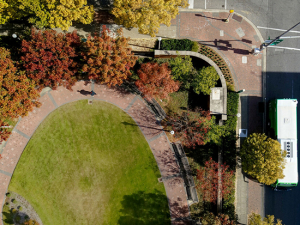
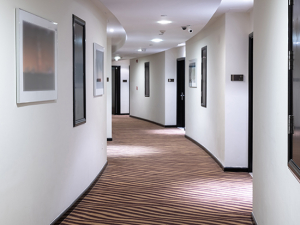
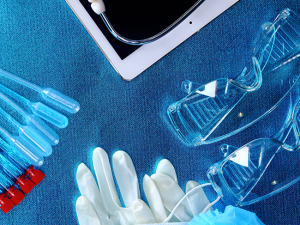

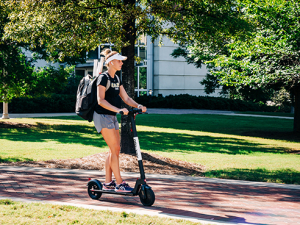
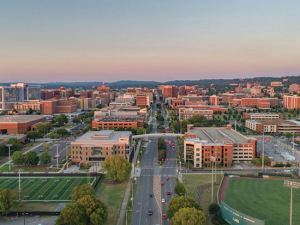
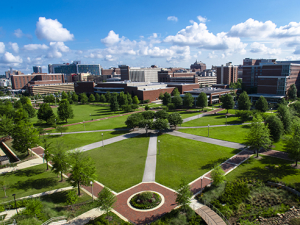
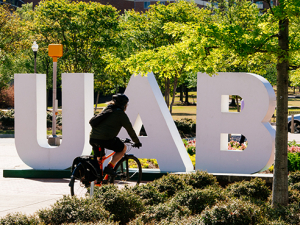

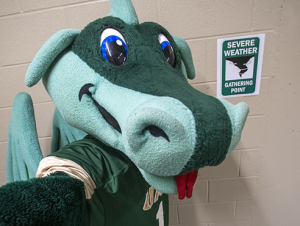
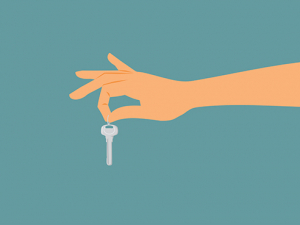
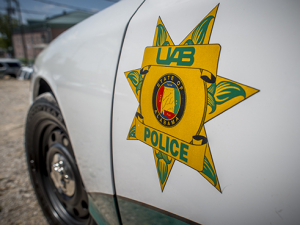
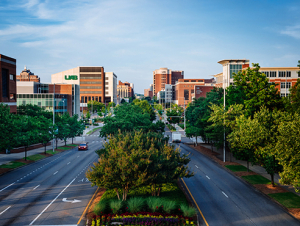
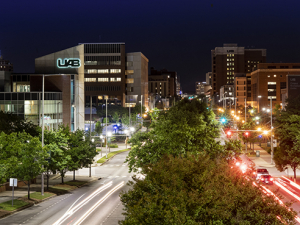
 UAB is committed to fostering a safe and inclusive environment for all Blazers. From mobile apps to bus escort services to B-Alerts and more, make sure you’re up to date on all the ways to stay safer on campus.
UAB is committed to fostering a safe and inclusive environment for all Blazers. From mobile apps to bus escort services to B-Alerts and more, make sure you’re up to date on all the ways to stay safer on campus.